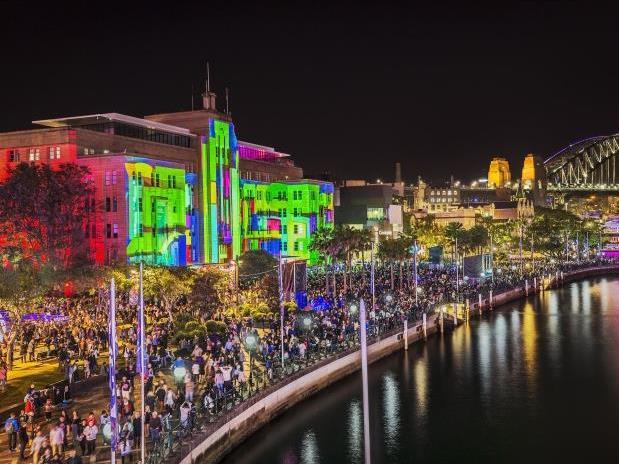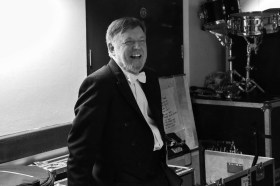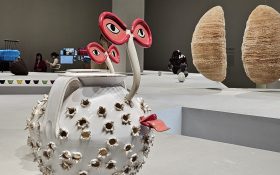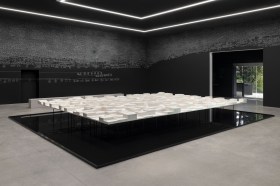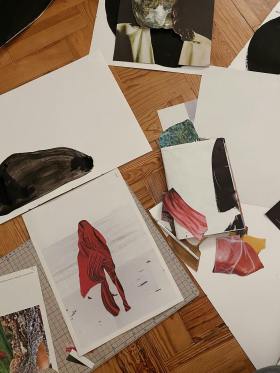Ever since the development of the light bulb, the intensity and drama of light and shadow from an incandescent light source has fascinated artists.
In each stage of its history, from the invention of the fluorescent tube in the 1850s to the growth of neon advertising signage in the early 20th Century, artists embraced this new medium. Light art emerged concurrent to this embrace of modern wonder, and its ability to create an immersive viewing experience.
